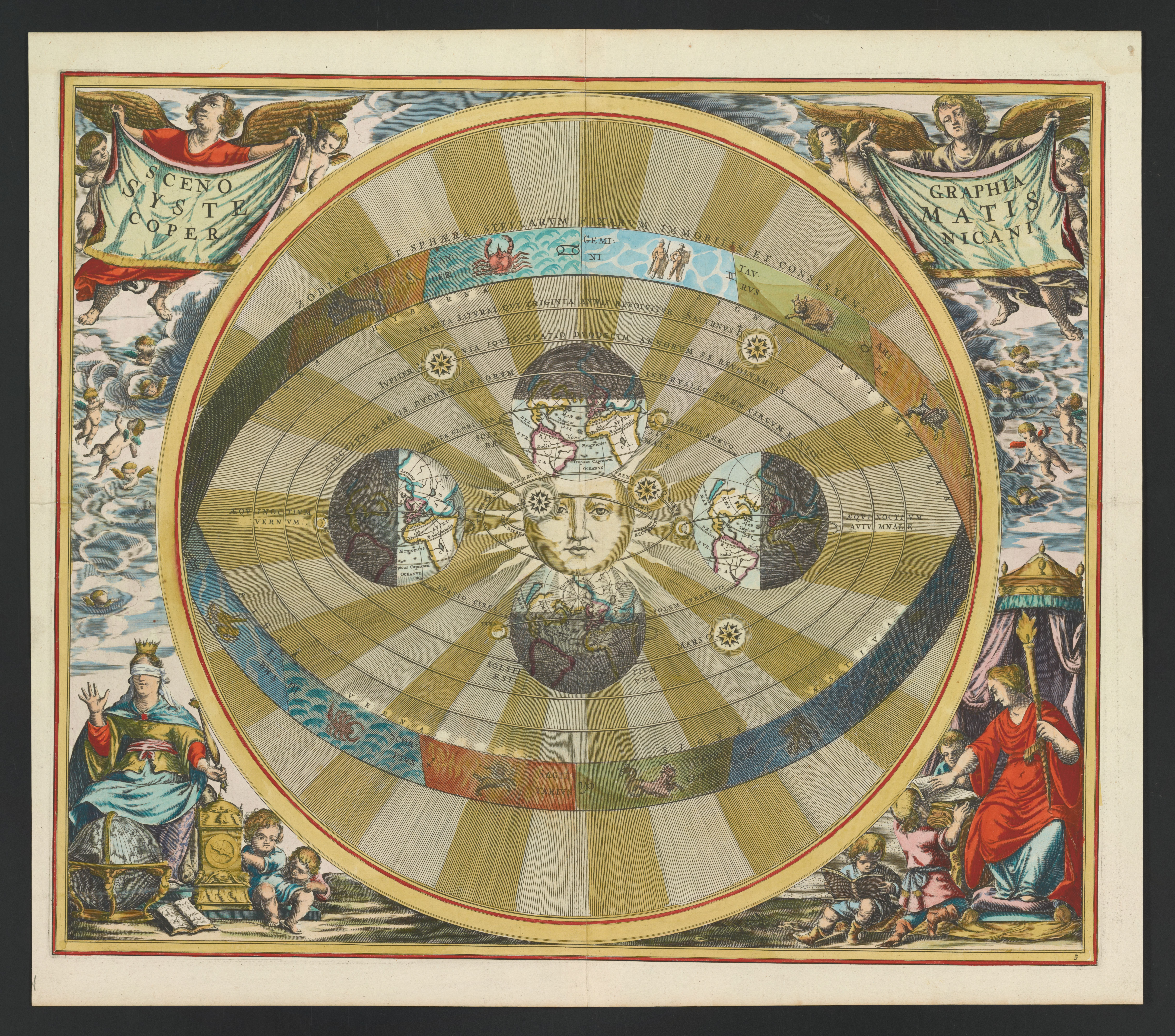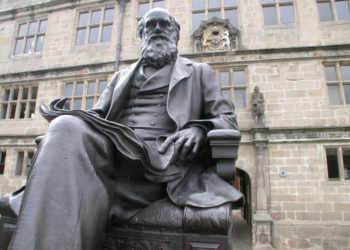While I was watching the video below, which shows Carnegie Museum of Art (CMOA) curator Ellen Baxter restoring a painting of Isabella dé Medici to its original glory, I couldn’t help but think back to Lisa Hinchliffe’s post earlier this week on “The State of the Version of Record”. The comments on the post contain a really interesting conversation about the idea of “living articles”, positing that there should be no Version of Record, but rather updates to research publications as more is learned.
I tend to struggle with this idea, for reasons both practical and ideological. On the practical front, it’s hard enough to get articles peer reviewed, let alone having to have them in a constant state of re-review and re-review every time a new data point is added, not to mention the time burden a constantly shifting article would put on both the author (time spent writing is time away from doing experiments) and the reader (you’d need to continuously check back on the article and figure out what in it had changed). Ideologically, to me the purpose of a research article is to tell the story of a research project. It is a historical record — we did these experiments this way, saw these results, and came to these conclusions. It is what we knew at the time the experiments were done and the article was written. Allowing the author to continually rewrite the article distorts that history. What’s to prevent an author who drew wrong conclusions from going back to rewrite the article as if they knew the right answer all along? Yes, of course you’d have a preserved set of the earlier versions, but is any time-strapped researcher really going to take the time to go dig back through the older versions rather than just looking at the surface?
And that brings us to Isabella dé Medici. The CMOA was able to obtain the painting because the Metropolitan Museum of Art decided they did not want it in their collection. It was obviously an overly sleek “Victorian” style portrait, lacking in historical value. However, upon further examination, the curators at CMOA were able to detect layers underneath the surface, where the painting had been drastically altered, and through painstaking effort, restore it to it’s original “Version of Record”.
Does a “living article” allow the scholarly literature to be painted over in the style of the day, obscuring the original work done with a glossier but less accurate surface?
Discussion
6 Thoughts on "Restoring the Version of Record"
I appreciate the sentiment of your article but your metaphor of the painting, a work by an artist modified by others in a different era does not track with your thesis. I would suggest the conversations writers, composers and critics have regarding composition are germane. James Joyce’s philosophy of ‘a work in progress’, supported by the composer Pierre Boulez addresses your point. The composer, John Palmer, discusses works in progress and authenticity.
https://whatsnew.composersedition.com/john-palmer-on-the-pain-of-revising-old-works/
As with all metaphors, mine does indeed break down upon close inspection. Your point about this being someone other than the original creator revising a work is a good one. Perhaps a better metaphor might have been George Lucas’ special edition versions of Star Wars, where he continued to tinker with the movies over time, and prevented access to the original version, hence distorting our understanding of the history of cinema. Also, Han shot first!
The making, remaking, and restoration of art can be a useful metaphor, but the metaphor also falters in taking one type of art (the portrait) and one type of academic publication (the scientific journal article) as normative. Art is inherently diverse as an expression of human creativity. Smaller portraits can be produced in a short time by a single painter, but larger works such as the ceiling of the Sistine Chapel required several years of labor by a team, as well as ongoing maintenance. Other works of art and architecture involved decades, even centuries of labor and regular revisions. Which year or month in these massive creative undertakings ought to be considered the “version of record”?
Re-creation, retelling, re-performance, adaptation, i.e, versioning, is the norm throughout the history of human literature, including academic literature, and certainly the norm in our digital landscape of software and data. The more academic publishing can adapt to participate in mainstream software development practices of self- and/or team-administered version control and continuous cycles of improvement, the more it will reflect the unfathomable depth and breadth of human knowledge and art production as well. The more that “academic knowledge” (TM) is made into marketable commodities (“the version of record”, TM) that can be controlled by a few global players, the less it will mirror that diversity and creativity, and the less accessible that knowledge will be.
Do not all humans shine like stars? And if we do, then is it possible to bottle that starlight?
I don’t think we disagree, but what I think of as “re-creation, retelling, re-performance, adaptation” of a work aren’t encapsulated by having one version of the work that gets constantly re-written. As our understanding of a phenomenon changes, new articles are written showing new experimental approaches and new data. New context is offered by writing about articles in new review articles. That’s how new information comes along, rather than constantly re-writing the original. “Forbidden Planet” was a new re-telling of The Tempest, not a versioning of the original, which continues to stand on its own.
There is value in telling the story of the evolution of a field, and presenting the current state of the field to readers. I just think that’s better done through other forms than the individual research paper, which serves an entirely different purpose. I tend to think of such things as additive, rather than as replacements, as they are not equivalent and do not deliver the same value, rather a different value.
I appreciate your concerns, but feel you missed the point. You’re focusing on a fringe case. Yes, some “living” manuscripts may be repeatedly refined, and can certainly be version dated, just like software is, or policies, but most work is more likely to go through a series of evolutionary stages, from proposal, to draft, to conference paper, to published paper, to perhaps a significant update or revision, and each stage will be quite meaningful and distinct. And in truth, this is exactly what occurs now, but the different objects are not linked together. And each of these is truly a version of record. Would you prefer that knowledge gets nailed down and become stagnant…?
I don’t think it’s a matter of missing the point — it’s more a matter of whether one needs that evolving record to be encompassed in one “living document” or whether it can exist as discrete elements, each representing what was known at the time they were created. Each document can be a static representation of that moment, that’s not a problem, and in no way does it cause stagnation in ongoing knowledge accumulation. But yes, we could do a better job linking things together beyond the citation record, but again, that’s a distributed network of discrete objects, not one living document.
Also, I continue to question whether there will really be much interest in things like research proposals or drafts of papers or early conference presentations of work in progress after the work is completed. People have too much to read already, so is anyone really going to go back and read the grant application plans for the experiment? One of the main purposes of the research paper is to provide a short, and quickly read summation of a set of experiments. Maybe there’s value for a historian of science, but if I’m an active researcher, I just want to know what you did and what it meant.


